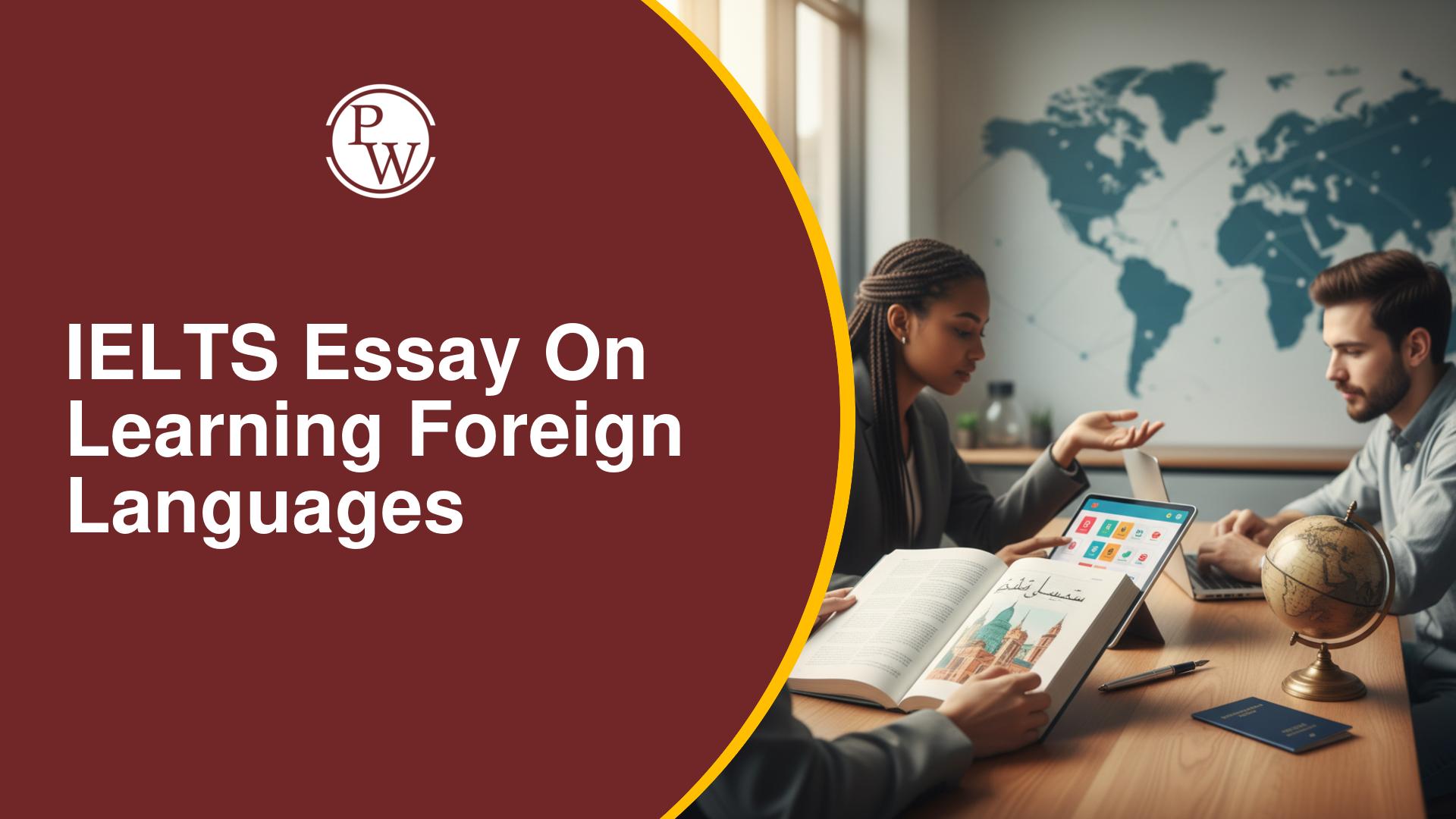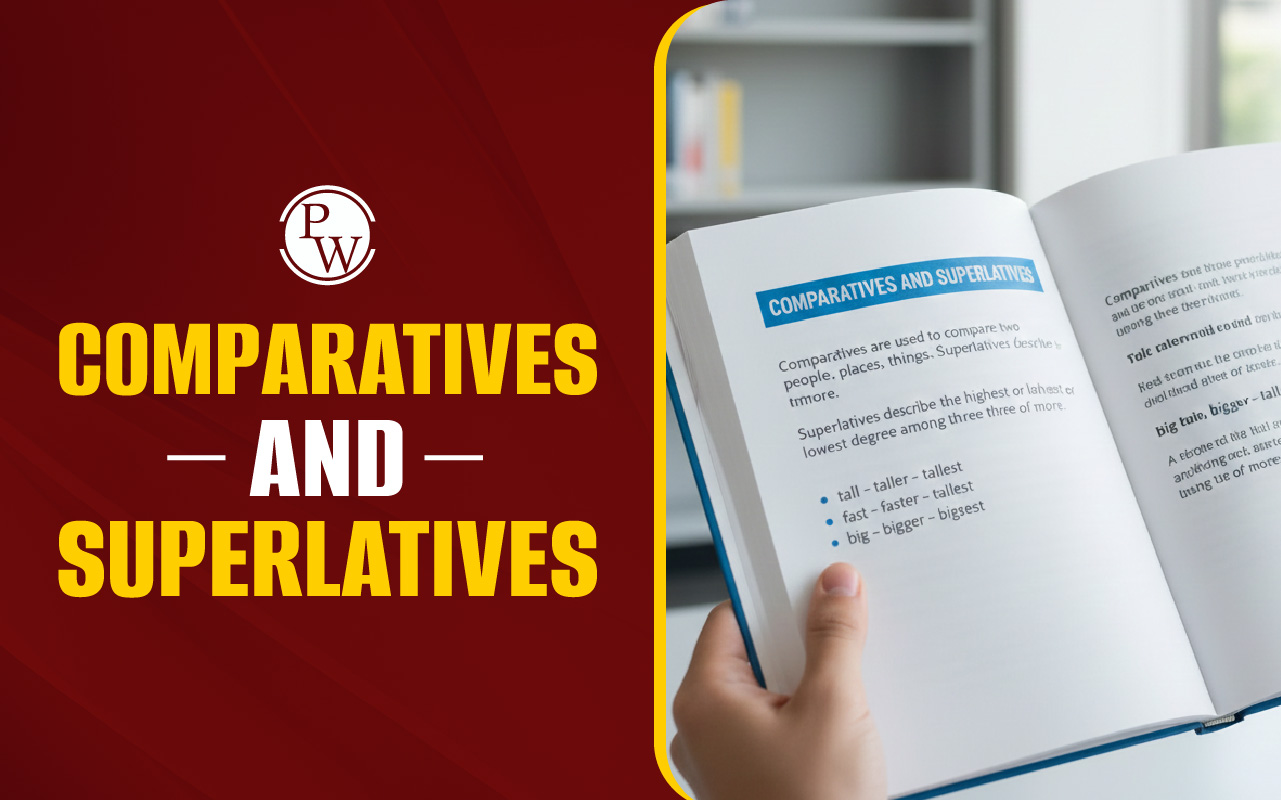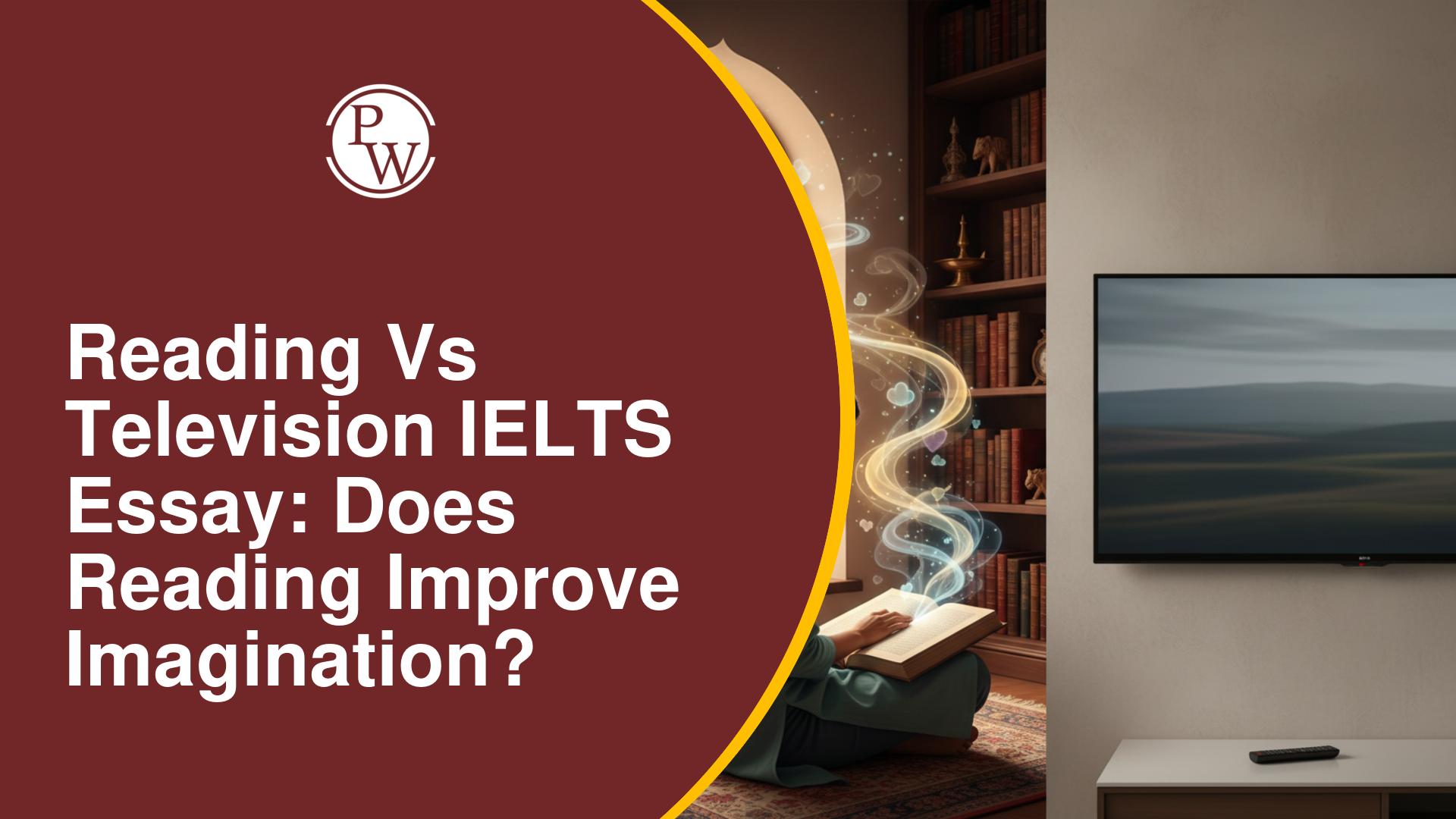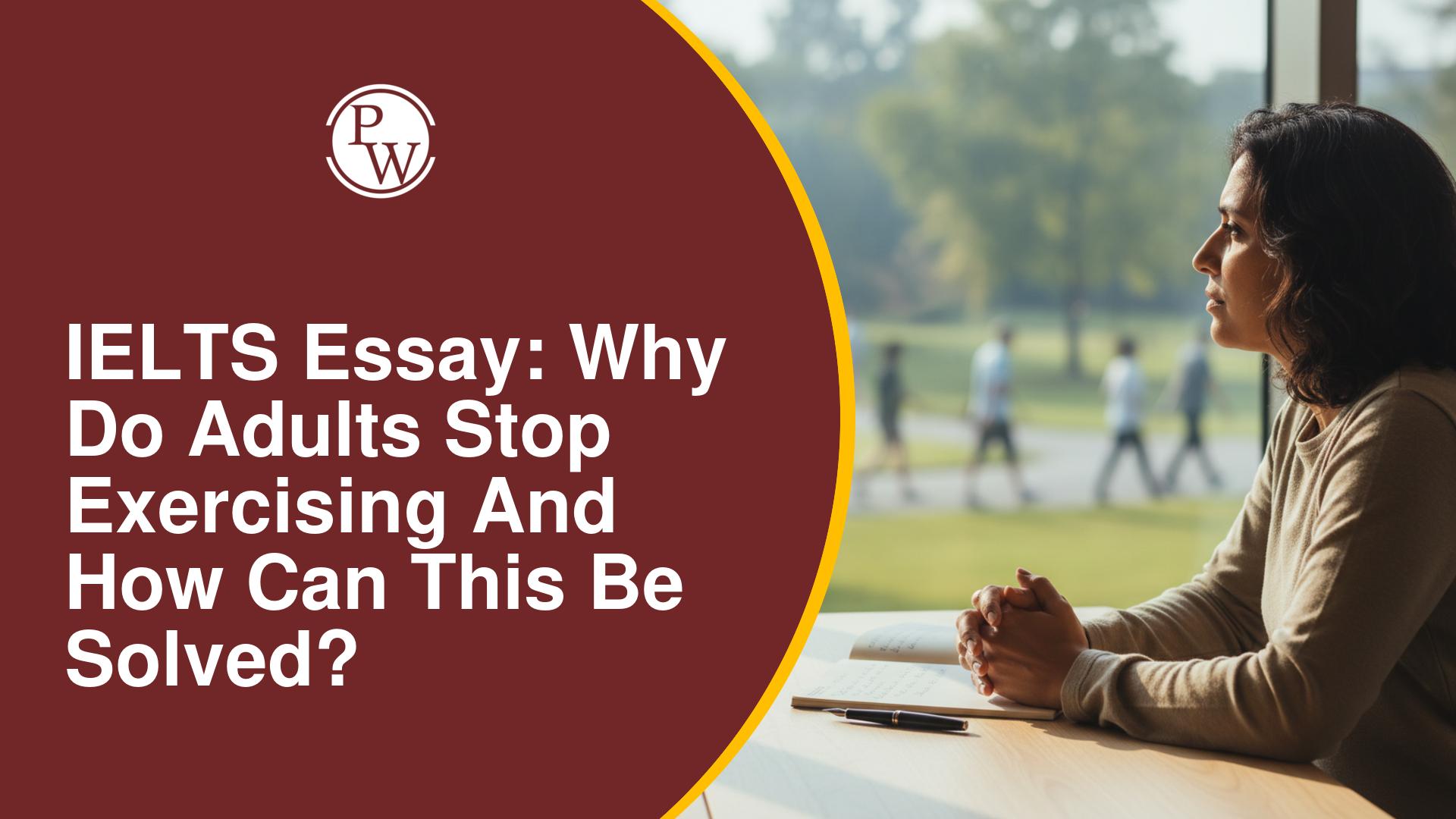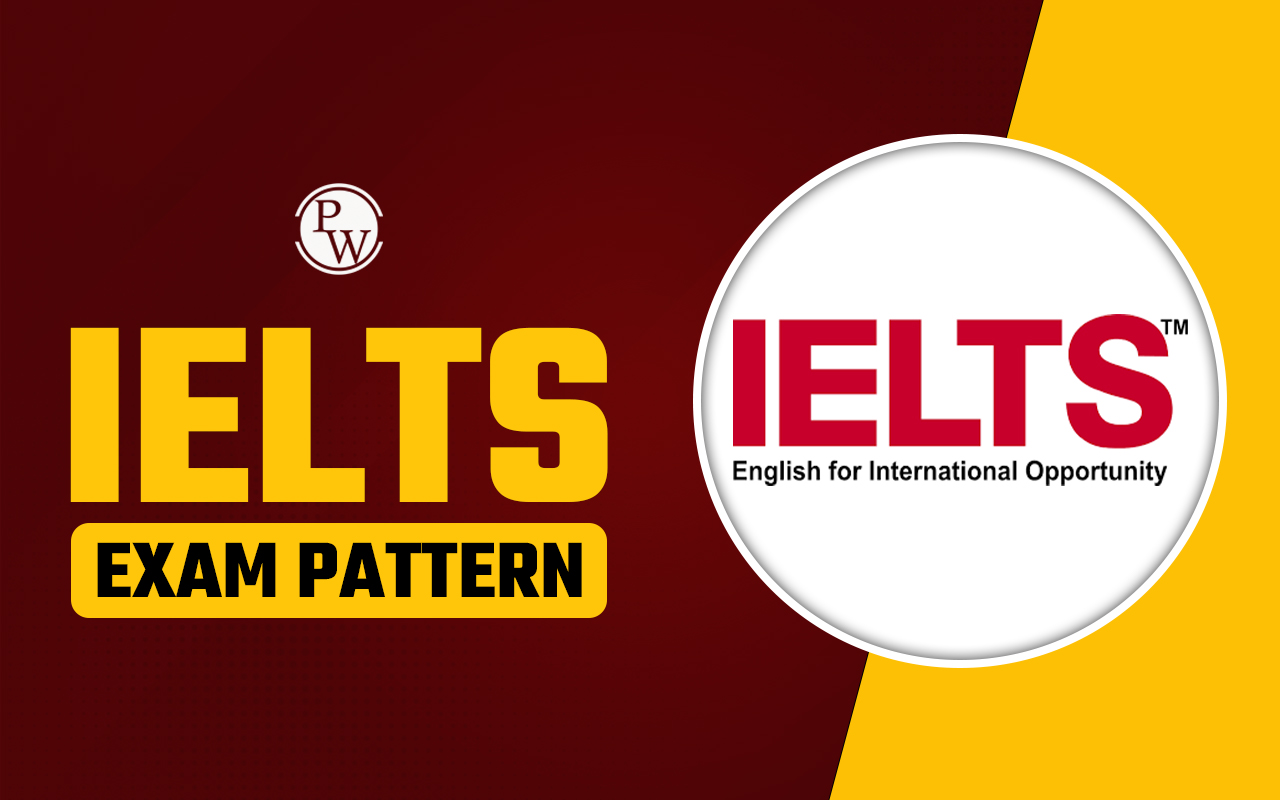
Why Are Finland's Schools Successful? IELTS Reading Answers : The “Why Are Finland's Schools Successful? IELTS Reading Answers” topic includes a total of 13 questions all derived from the sample passage. The questions are divided into two categories: IELTS Reading Matching Headings (Q. 1-6) and IELTS Reading Notes Completion (Q. 7-13). Additionally, we have offered standard sample answers for all the 13 questions to guide students on how to score high IELTS Reading band score .
Meanwhile, the article also includes various tips and tricks for both question categories and answers the most common questions asked by students. Read the article till the end to resolve your queries about The “Why Are Finland's Schools Successful? IELTS Reading Answers” topic for the IELTS Reading module .Free IELTS Reading Practice Tests, Cambridge Sample Test PDF
Why Are Finland's Schools Successful? IELTS Reading Answers Passage
Why Are Finland’s Schools Successful?
1. At Kirkkojarvi Comprehensive School in Espoo, a suburb west of Helsinki, Kari Louhivuori, the school’s principal, decided to try something extreme by Finnish standards. One of his sixth-grade students, a recent immigrant, was falling behind, resisting his teacher’s best efforts. So he decided to hold the boy back a year. Standards in the country have vastly improved in reading, math and science literacy over the past decade, in large part because its teachers are trusted to do whatever it takes to turn young lives around. ‘I took Besart on that year as my private student’, explains Louhivuori. When he was not studying science, geography and math, Besart was seated next to Louhivuori’s desk, taking books from a tall stack, slowly reading one, then another, then devouring them by the dozens. By the end of the year, he had conquered his adopted country’s vowel-rich language and arrived at the realization that he could, in fact, learn. 2. This tale of a single rescued child hints at some of the reasons for Finland’s amazing record of education success. The transformation of its education system began some 40 years ago but teachers had little idea it had been so successful until 2000. In this year, the first results from the Programme for International Student Assessment (PISA), a standardized test given to 15-year-olds in more than 40 global venues, revealed Finnish youth to be the best at reading in the world. Three years later, they led in math. By 2006, Finland was first out of the 57 nations that participate in science. In the latest PISA scores, the nation came second in science, third in reading and sixth in math among nearly half a million students worldwide. 3. In the United States, government officials have attempted to improve standards by introducing marketplace competition into public schools. In recent years, a group of Wall Street financiers and philanthropists such as Bill Gates have put money behind private-sector ideas, such as charter schools, which have doubled in number in the past decade. President Obama, too, apparently thought competition was the answer. One policy invited states to compete for federal dollars using tests and other methods to measure teachers, a philosophy that would not be welcome in Finland. ‘I think, in fact, teachers would tear off their shirts ‘, said Timo Heikkinen, a Helsinki principal with 24 years of teaching experience. If you only measure the statistics, you miss the human aspect.’ 4. There are no compulsory standardized tests in Finland, apart from one exam at the end of students’ senior year in high school. There is no competition between students, schools or regions. Finland’s schools are publicly funded. The people in the government agencies running them, from national officials to local authorities, are educators rather than business people or politicians. Every school has the same national goals and draws from the same pool of university-trained educators. The result is that a Finnish child has a good chance of getting the same quality education no matter whether he or she lives in a rural village or a university town. 5. It’s almost unheard of for a child to show up hungry to school. Finland provides three years of maternity leave and subsidized day care to parents, and preschool for all five-year-olds, where the emphasis is on socializing. In addition, the state subsidizes parents, paying them around 150 euros per month for every child until he or she turns 17. Schools provide food, counseling and taxi service if needed. Health care is even free for students taking degree courses. 6. Finland’s schools were not always a wonder. For the first half of the twentieth century, only the privileged got a quality education. But In 1963, the Finnish Parliament made the bold decision to choose public education as the best means of driving the economy forward and out of recession. Public schools were organized into one system of comprehensive schools for ages 7 through 16. Teachers from all over the nation contributed to a national curriculum that provided guidelines, not prescriptions, for them to refer to. Besides Finnish and Swedish (the country’s second official language), children started learning a third language (English is a favorite) usually beginning at age nine.7. The equal distribution of equipment was next, meaning that all teachers had their fair share of teaching resources to aid learning. As the comprehensive schools improved, so did the upper secondary schools (grades 10 through 12). The second critical decision came in 1979, when it was required that every teacher gain a fifth-year Master’s degree in theory and practice, paid for by the state. From then on, teachers were effectively granted equal status with doctors and lawyers. Applicants began flooding teaching programs, not because the salaries were so high but because autonomous decision making and respect made the job desirable. And as Louhivuori explains, ‘We have our own motivation to succeed because we love the work.
Why Are Finland's Schools Successful? IELTS Reading Answers Sample Question
IELTS Reading Matching Headings (Q. 1-6) Choose the correct heading for paragraphs A-F from the list of headings below.
List of Headings
- Equal Access to Quality Education
- Foundations of Finland’s Education Success
- A Principal’s Commitment to Student Success
- Supporting Families for Better Education Outcomes
- No Competition in the Finnish Education Model
- A Different Approach to Teacher Training
- Finland’s Global Education Ranking
- Paragraph A
- Paragraph B
- Paragraph C
- Paragraph D
- Paragraph E
- Paragraph F
IELTS Reading Notes Completion (Q. 7-13) Complete the notes below. Choose NO MORE THAN TWO WORDS from the passage for each answer.How Finland’s Education System Works
- Finland’s education system began its transformation in the 7. __________ .
- Finnish schools do not have mandatory 8. __________ except for one final exam.
- All schools follow the same 9. __________ and employ university-trained educators.
- Children learn Finnish, Swedish, and a 10. __________ from an early age.
- Teachers must complete a 11. __________ , fully funded by the government.
- Families benefit from 12. __________ for each child until they are 17.
- Schools provide free 13. __________ for students
- Should You Use All Capital Letters in the IELTS Listening and Reading Tests
- IELTS Reading Mistakes
- How to Improve IELTS Reading Score
- How to Manage Time in IELTS Reading
Why Are Finland's Schools Successful? IELTS Reading Answers with Explanation
- Paragraph A: 3. A Principal’s Commitment to Student Success Explanation: Paragraph A highlights the personalized attention and commitment to student success in Finnish schools by shedding light on the efforts of the principal, Kari Louhivuori, who took a struggling student under his wing.
- Paragraph B: 7. Finland’s Global Education Ranking Explanation: Paragraph B discusses the global educational success of Finland through its top-ranking performance in the PISA assessment in reading, math, and science.
- Paragraph C: 5. No Competition in the Finnish Education Model Explanation: Paragraph C explains the contrast between the Finnish approach to education as a cooperative, non-competitive education system with the competitive models in the United States.
- Paragraph D: 1. Equal Access to Quality Education Explanation: Paragraph D explains the availability of equal opportunities for quality education in all Finnish schools. As per the passage, all Finnish schools have the same national goals and resources.
- Paragraph E: 4. Supporting Families for Better Education Outcomes Explanation: In paragraph E, extensive support provided to the Finland states is mentioned. The support includes subsidies, free meals, and health care leading to better educational outcomes.
- Paragraph F: 6. A Different Approach to Teacher Training Explanation: In paragraph F, it is mentioned that having a master’s degree is a mandatory requirement for all teachers apart from their training and status.
- 1960s Explanation: Paragraph F states “But In 1963, the Finnish Parliament made the bold decision to choose public education as the best means of driving the economy forward and out of recession."
- Standardized tests Explanation: Paragraph D mentions “There are no compulsory standardized tests in Finland, apart from one exam at the end of students’ senior year in high school.”
- National curriculum Explanation: Paragraph F mentions “Teachers from all over the nation contributed to a national curriculum that provided guidelines”.
- Third language Explanation: Paragraph F mentions “Besides Finnish and Swedish (the country’s second official language), children started learning a third language (English is a favorite) usually beginning at age nine.”
- Master’s degree Explanation: Paragraph F mentions “The second critical decision came in 1979, when it was required that every teacher gain a fifth-year Master’s degree in theory and practice, paid for by the state.”
- Subsidies Explanation: Paragraph E mentions “In addition, the state subsidizes parents, paying them around 150 euros per month for every child until he or she turns 17.”
- Health care Explanation: Paragraph E mentions “Health care is even free for students taking degree courses.” Which can be beneficial for the well-being of students.
| IELTS Exam Important Links | |
|---|---|
| IELTS Reading Band Score | IELTS Listening Band Score |
| IELTS Speaking Band Score | IELTS Writing Band Score |
Tips for Answering Why Are Finland's Schools Successful? IELTS Reading Answers
Some popular tips for answering the question types in Why Are Finland's Schools Successful? IELTS Reading Answers are as follows:| Tips for IELTS Reading Matching Headings | Tips for IELTS Reading Note Completion | General Tips for IELTS Reading |
|---|---|---|
| Skim the passage first | Read instructions carefully | Time management |
| Understand the heading options | Scan for keywords | Identify question types |
| Match the main idea | Focus on factual details | Highlight key information |
| Eliminate incorrect options | Double-check grammar and spelling | Practice regularly |
How to Manage Time in IELTS Reading
Guidance of PW IELTS
Physics Wallah offers a few popular online IELTS courses for all students. Follow the latest IELTS articles to better prepare for the exam.| IELTS Exam Other Related Links | |
|---|---|
| IELTS Registration | IELTS Eligibility Criteria |
| IELTS Exam Pattern | IEL TS Syllabus |
| IELTS Exam Dates | IDP IELTS Test Centers |
Why Are Finland's Schools Successful? IELTS Reading Answers FAQs
What is the IELTS reading section?
How can I improve my IELTS reading score?
What are some common IELTS reading question types?
How should I approach difficult IELTS reading passages?



